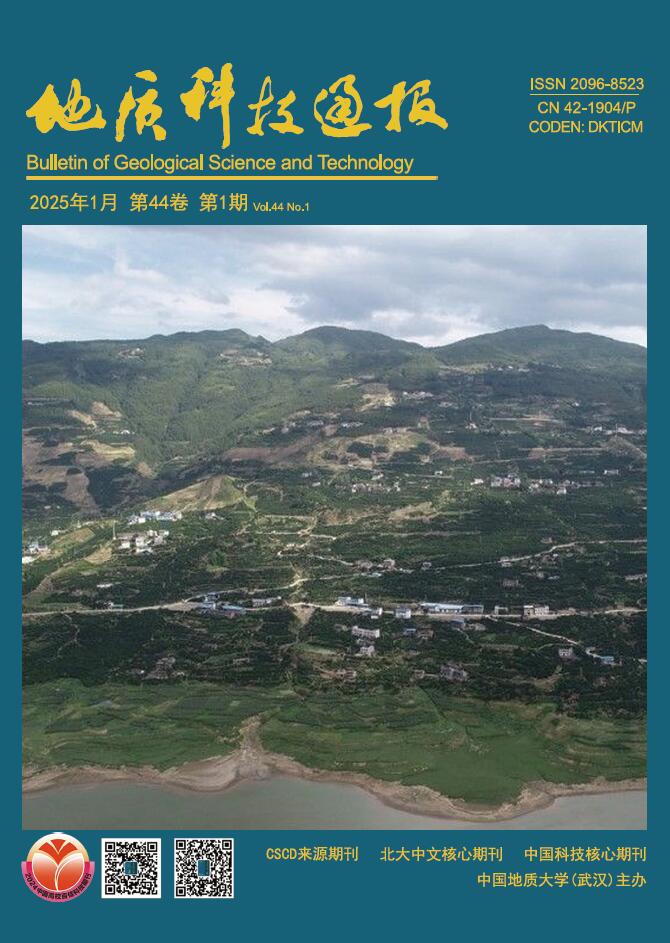Abstract:
Followed by the major breakthrough of shale gas in Shuijingtuo Famation of Yichang, Hubei Province, the organic-rich shale in Lower Cambrian has received much wider attention. In order to find out the internal relationship of the organic-rich shale and the underlying siliceous rocks, we have made a systematic study of the west Hubei and Hunan Provinces, including Yanjiahe Formation of YIDI-2 Well, Liuchapo-Niutitang Formation of Taoyuan and Zhangjiajie area. Based on the analysis of major elements and rare earth elements, we discuss in the paper the different origins of siliceous rocks during Late Ediacaran-Early Cambrian, as well as their significance of shale gas. The conclusions are reached: ①The Al/(Al+Fe+Mn) values of YIDI-2 Well are between 0.30-0.68, close to the biogenic origin. In the Al-Fe-Mn and Fe/Ti-Al/(Al+Fe+Mn)decision diagrams, the sample points are also in the non-hydrothermal area. There is no obvious Eu anomaly but flat partition curves in REE, with LaN/YbN values between 1.01-1.81, indicating the lack of hydrothermal activities and the origin of continental margin. Therefore, the siliceous rocks in Yanjiahe Formation of YIDI-2 Well are mainly of nonhydrothermal origin. ② In the Taoyuan and Zhangjiajie area of West Hunan Province, Al/(Al+Fe+Mn) values of Liuchapo Formation are between 0.03-0.19, and the sample points are close to the Fe in the Al-Fe-Mn diagram. Combined with the obvious Eu anomalies and left-inclined partition curves in REE, it is concluded that the siliceous rocks in Liuchapo Formation are hydrothermal origin. However, it has changed into non-hydrothermal origin for the siliceous rocks in Niutitang Formation, which can be inferred by the larger values of Al/(Al+Fe+Mn) (0.29-0.70), the unconspicuous Eu anomalies and flat partition curves of REE. ③During the later period of Ediacara, due to the short distance to the hydrothermal vents, a set of hydrothermal-origin cherts are developed on the west Hunan slope. As for the Yichang area in the restricted basin, because of the blocking of silceous hydrothermal fluid, a set of dolostone is deposited. During the Early Cambrian, followed by the climate warming, sea-level rising and the sea water being connected, a set of biogenic chert is developed both in west Hunan slope and Yichang area. We conclude that the hydrothermal activities that occurred during Late Ediacaran should be of great significance for the generation of organic shales in Shuijingtuo or Niutitang Formations, because of the large supply of nutrient elements, such as phosphorus, for the flourishing of marine organism. Combined with the exploration results of Cambrian shale gas in South China, we consider that the nonhydrothermal siliceous shales are probably the favorable zones, and about to be the main direction of future exploration after more similar discoveries.







